Rivet weldingThe Ultimate Guide: Processes, Applications and Options Explained
introductory
At the heart of modern industrial manufacturing, riveting and welding processes continue to play an irreplaceable role as a fundamental and vital joining technique. Whether you’re a buyer looking for reliable machining services or an engineer looking to gain a deeper understanding of the process, it’s vital that you have a good understanding of the nuts and bolts of riveting and welding. In this article, we’ll provide you with a comprehensive overview of riveting and welding processes, application scenarios, and a practical guide to choosing a supplier to help you make an informed decision.
I. What is riveting and welding processing? Core concept analysis
Riveting, in essence, is a combination of two joining processes, riveting and welding. It joins two or more metal parts into a strong whole by a combination of mechanical riveting and thermal welding.
The essence of the process: the use of the mechanical bite of the rivet and the metallurgical bonding of the weld to jointly bear the load.
Key features: Combined riveted and welded joints typically have higher fatigue strength and better vibration resistance than a single process.
Applicable materials: widely used in the connection of carbon steel, stainless steel, aluminium alloy and other alloy steel.
Second, riveting and welding processing of the main process flow
A complete riveting process consists of multiple precision steps, each of which directly affects the quality of the final product.
Design and drawing review: Engineers determine the layout, number of riveted joints and welding parameters based on workpiece load requirements.
Material pre-treatment: The metal surfaces to be connected are cleaned, degreased and descaled to ensure the quality of the connection.
Positioning and fixing: the parts are fixed precisely to the intended position using special fixtures.
Riveting process: Pressure riveting, hammer riveting or pulling riveting are used according to the demand to complete the mechanical connection part.
Welding operations: Welding is carried out by licensed welders in accordance with the requirements of the process, commonly arc welding, gas-shielded welding, etc.
Post-welding treatment: Removal of slag, spatter and necessary orthopaedics.
Quality inspection: non-destructive flaw detection, size inspection and strength testing of finished products to ensure compliance with standards.
III. Key Advantages and Application Areas of Rivet Welding Technology
Rivet welding processing has gained favour in many industrial sectors because of its unique technological advantages.![图片[1]-铆焊加工终极指南:工艺、应用与选择全解析(铆焊加工是什么?核心概念解析)-大连富泓机械有限公司](https://cndlfh.com/wp-content/uploads/2025/08/QQ20250822-201809-800x512.png)
Core strengths
High connection strength: dual combination of mechanical and metallurgical, load bearing capacity far exceeds that of a single process.
Good sealing: can form a gas-tight or liquid-tight connection, suitable for the manufacture of pressure vessels.
Excellent durability: excellent fatigue and vibration resistance to extend equipment life.
Wide applicability: can connect metal parts of different materials and thicknesses.
Main application industries
Heavy machinery and equipment: engineering machinery skeleton, mining equipment structural parts, agricultural machinery chassis.
Rail transport: train bodies, bogies, buffer beams.
Architectural steel structure: trusses of large venues, bridge support structures, connection nodes of high-rise buildings.
Aerospace: aircraft ailerons, hatches, internal support structures.
Shipbuilding: hull sections, deckhouses, mast bases.
IV. A Practical Guide to Choosing Professional Rivet Welding Processing Services
Faced with numerous riveting service providers in the market, how to screen their professionalism? Please focus on the following key points:
Technical capacity assessment
Check the company’s processing equipment list and pay attention to the sophistication and automation of its riveting and welding equipment.
Ask about the experience of the main technical team, especially your case studies on similar products.
Quality Assurance System
Confirm that the company is certified by a quality management system such as ISO 9001.
Understand its quality testing equipment configuration and factory inspection standards.
Typical Service Cases
Ask to see past success stories, especially projects similar to your needs.
If possible, make a site visit to their production plant and quality control process.
Comprehensive cost considerations
Compare the details of offers from different suppliers and be wary of offers that are well below market levels.
Understand the balance between “price – quality – service” and make optimal decisions.
The table below summarises the core elements to look at when choosing a riveting service provider to help you make an efficient decision:
Dimensions Key Indicators Mandatory Items
Technology Equipment Equipment automation rate, equipment accuracy, equipment processing range Welding robot, CNC riveting machine
Level of craftsmanship Diversity of welding methods, maximum thicknesses to be processed, experience with special materials Process evaluation reports, welder’s qualification certificates
Quality control Integrity of QC process, advanced testing equipment, pass rate standard Flaw detection equipment, mechanical property testing capability
Service Assurance On-time delivery, after-sales response mechanism, technical support capability Customer testimonials, emergency handling process
V. Frequently Asked Questions (FAQ) on Rivet Welding Processing
Q1: What is the main difference between riveting and just welding?
A: The main difference lies in the joining mechanism and resistance to dynamic loads. Rivet welding combines the mechanical fixation of rivets and the metallurgical bonding of welds, which results in a more uniform stress distribution when subjected to shock or vibration loads, and the fatigue resistance is usually superior to that of welding alone.
Q2: What factors affect the cost of riveting and welding process?
A: The main factors include: material type and thickness, structural complexity, process requirements (e.g. whether non-destructive testing is required), order batch size and special requirements such as surface treatment.
Q3: How can I tell if a riveted and welded part is of acceptable quality?
A: can be through the following preliminary judgement: appearance – weld forming uniform, no bite edge, porosity and other obvious defects; size – in line with the drawing tolerance requirements; strength – to meet the design of the Load. The most critical thing is to ask the supplier to provide a third-party test report.
Q4: Can aluminium parts be riveted and welded?
A: Yes. Aluminium and aluminium alloys are common riveting materials, but due to their high thermal conductivity and easy oxidation, they require specific welding process parameters and special rivet materials, and have higher technical requirements for operators.
concluding remarks
Rivet weldingAs a well-established industrial joining technology, its value has been well proven in countless practical applications. We hope this guide will help you gain a comprehensive understanding of the riveting process and provide you with a clear direction when selecting a fabrication service. If you have specific product needs, we recommend consulting with multiple specialised manufacturers for targeted process solutions and quotes.
Do you have any experience with Rivet Welding Processing? Or have you encountered other confusion when choosing a service provider? Feel free to share your insights and questions in the comments section!

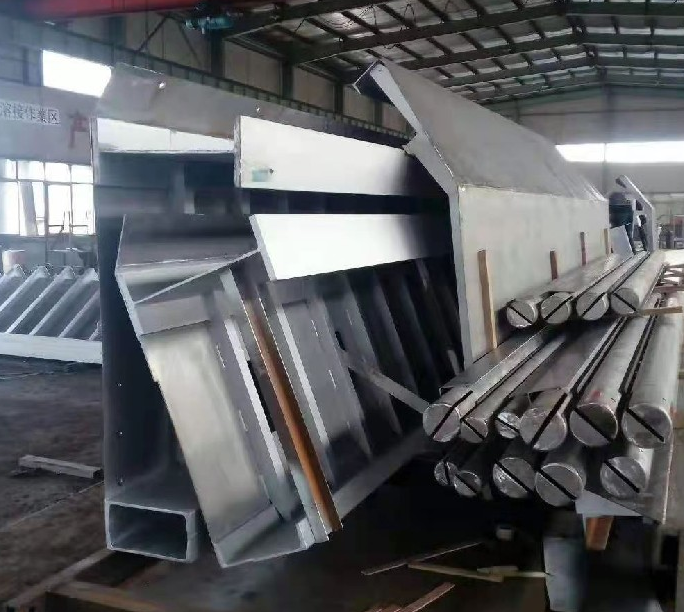


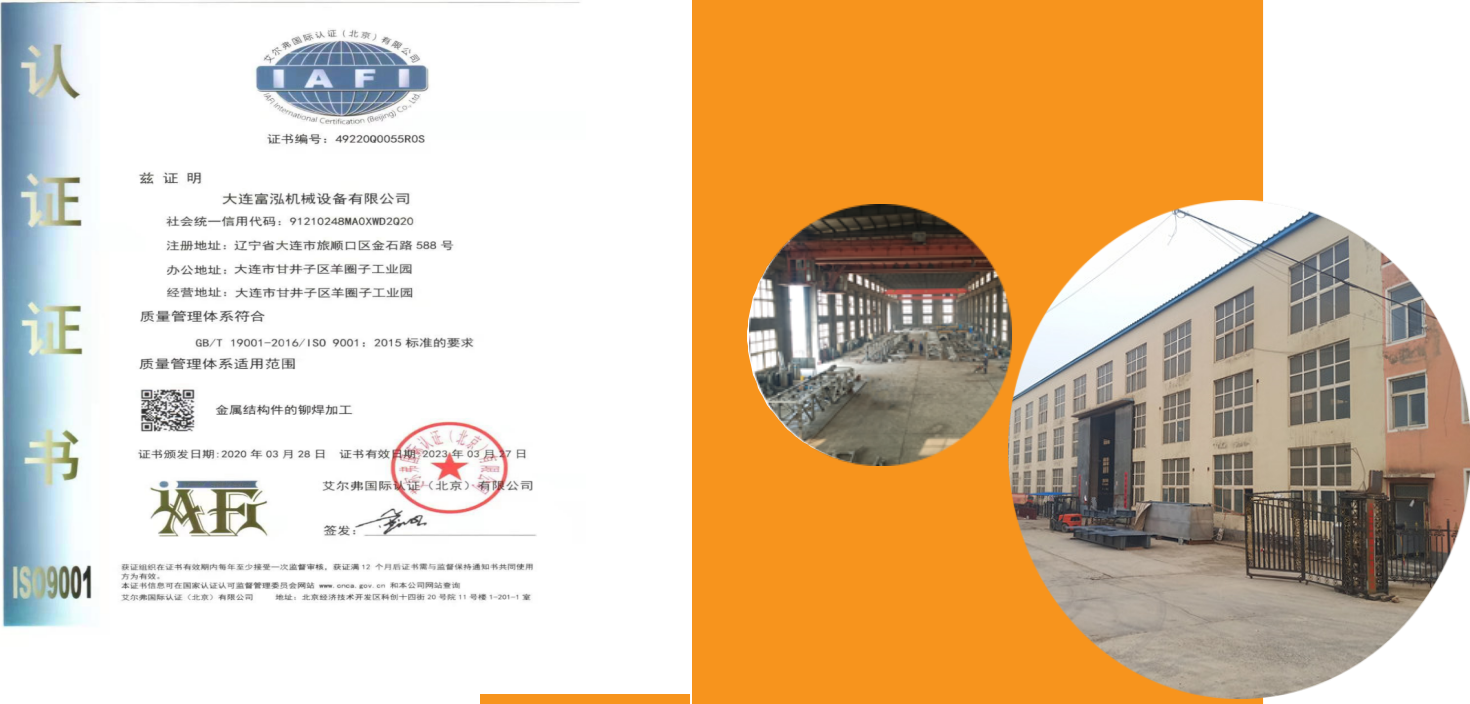
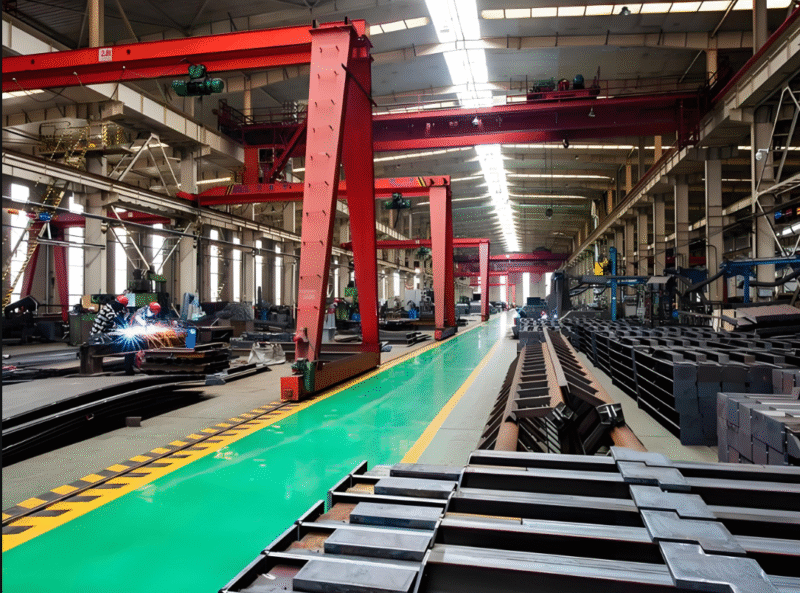

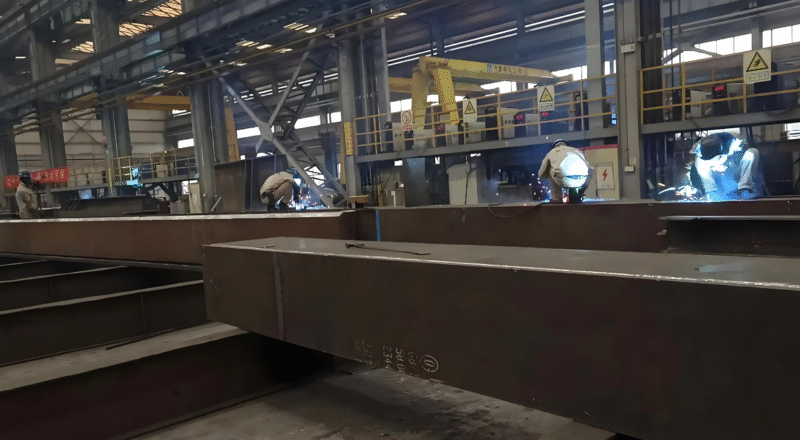

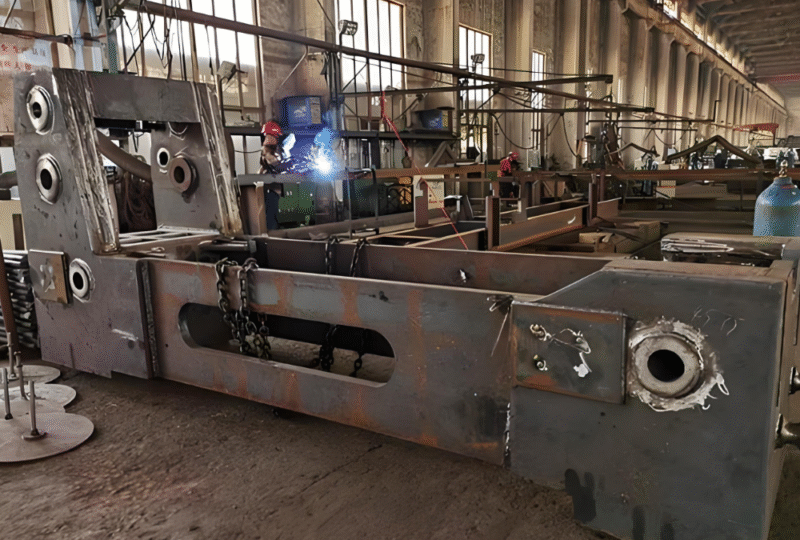

暂无评论内容